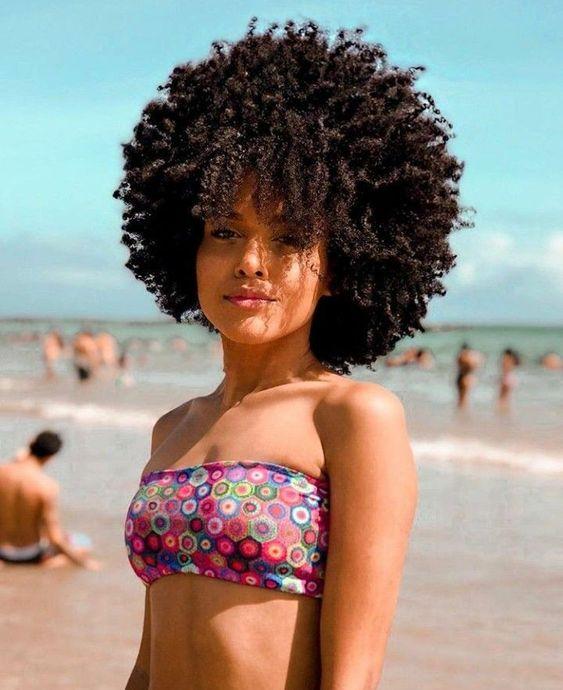Coily Hair vs. Curly Hair:
Curly and coily hair types are often grouped together but possess distinct characteristics. Curly hair typically falls into the 3A to 3C range on the hair typing scale, featuring loose, defined curls with varying degrees of tightness and spring. Coily hair, classified under type 4 (4A to 4C), has tighter, more compact curls or coils. This hair type is known for its dense texture and can appear shorter due to significant shrinkage.
4C Coily Hair:
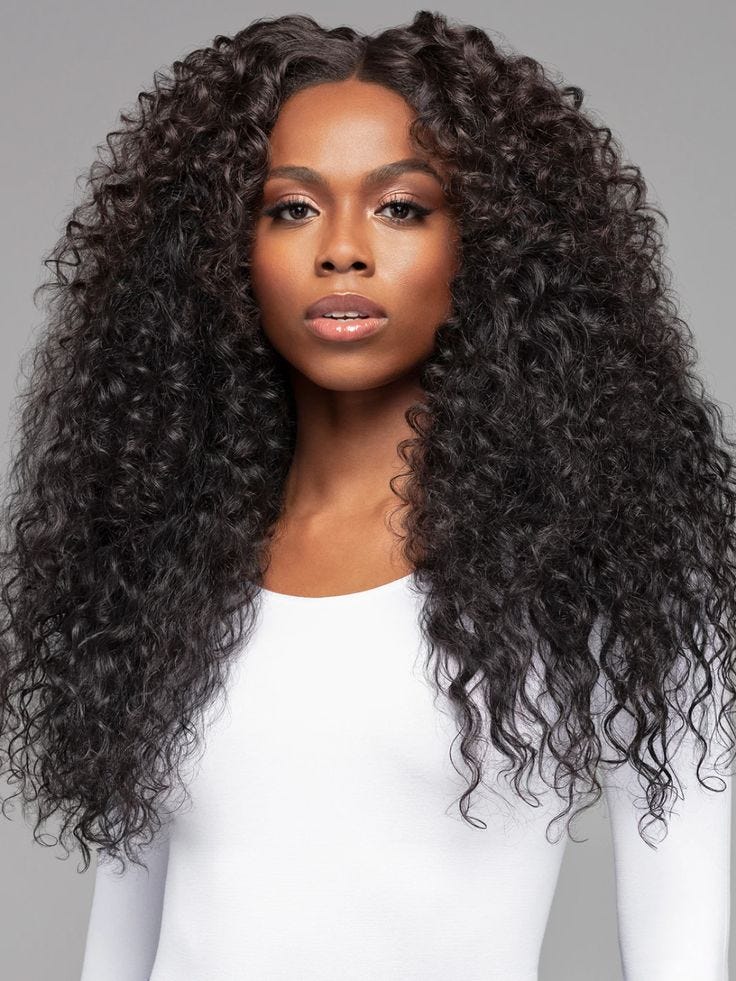
4c coily hair is the tightest curl pattern within the coily category. Characterized by densely packed coils that can be fine or coarse, this hair type often appears to have less defined curls but boasts incredible versatility and volume. 4C hair requires intensive moisture and gentle handling due to its fragile nature.
Coily Hair Products:
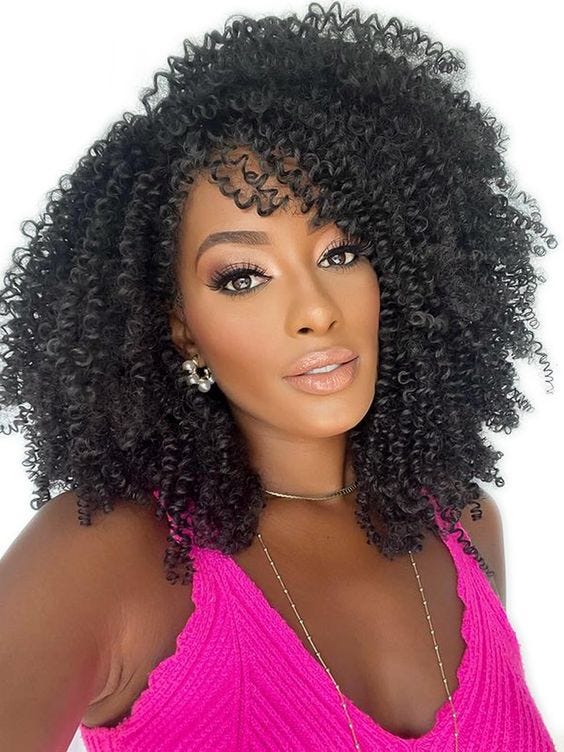
Maintaining coily hair demands specialized products that cater to its unique needs. Key products include:
– Moisturizing Shampoos and Conditioners: Look for sulfate-free options that cleanse without stripping natural oils.
– Leave-In Conditioners: Essential for detangling and providing lasting moisture.
– Curl Creams and Gels: These help define coils and reduce frizz.
– Oils and Butters: Natural oils like jojoba, coconut, and shea butter seal in moisture and add shine.
Coily Hairstyles:
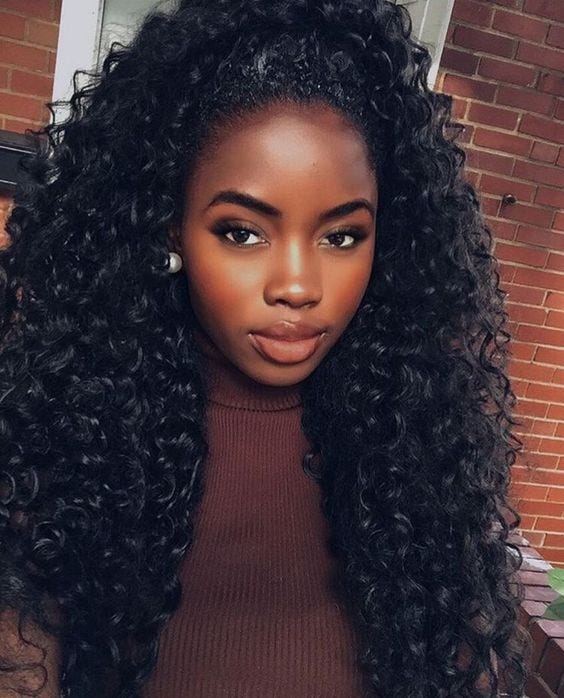
coily natural hair lends itself to a myriad of styling possibilities. Popular styles include:
– Twist Outs: Twisting damp hair and allowing it to dry creates defined, elongated curls.
– Bantu Knots: Small, coiled sections of hair that are twisted into knots, resulting in springy curls when unravelled.
– Afro: Embracing the natural volume and shape of coily hair for a bold, classic look.
– Protective Styles: Braids, twists, and updos help protect the hair from environmental stressors and reduce manipulation.
How to Get Coily Hair:
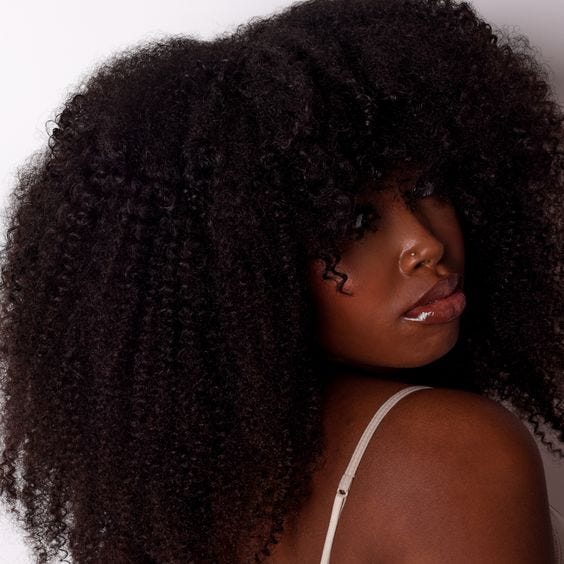
For those with straight or loosely curled hair wanting to achieve a coily look, methods include:
– Perming: A chemical process that restructures the hair to create tight curls.
– Flexi Rods: Using flexible rods on damp hair to set curls overnight.
– Bantu Knots or Twist Outs: As mentioned, these methods work well on various hair types to create defined coils.
– Curling Irons: Small-barrel curling irons can mimic the appearance of coily hair but should be used sparingly to avoid heat damage.
Coily Hair vs. Kinky Hair:
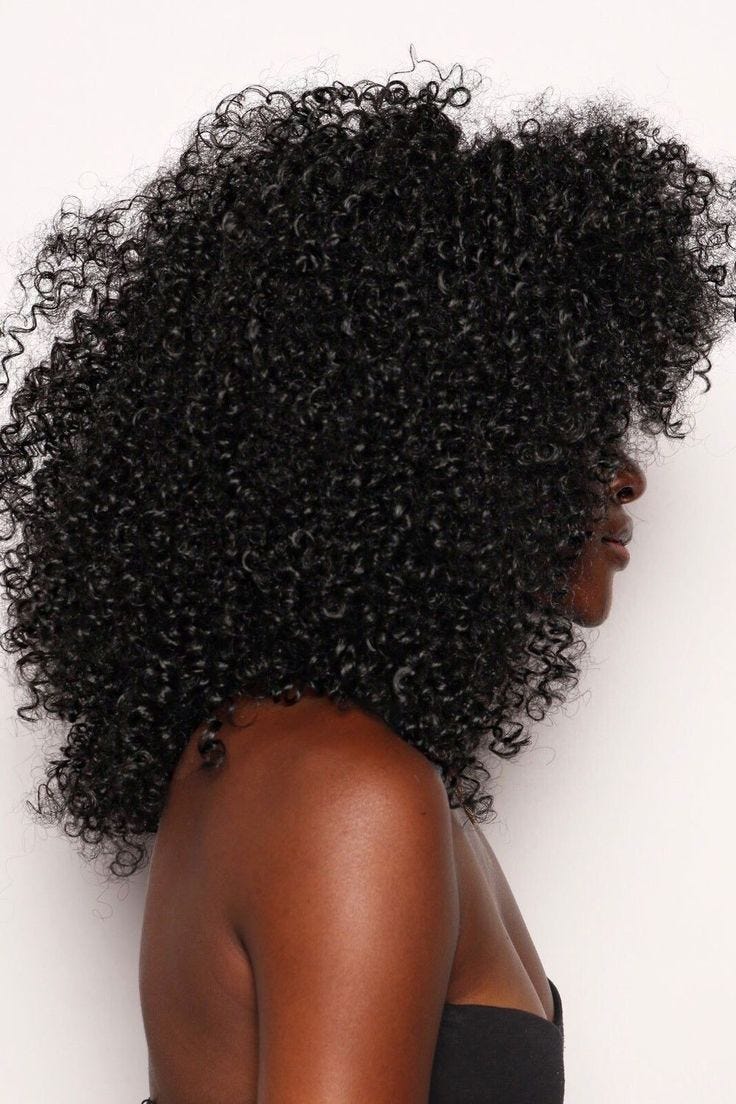
While the terms “coily” and “kinky” are often used interchangeably, some distinctions can be made. “Kinky” hair is sometimes used to describe hair with the tightest curl patterns, typically type 4B and 4C. This hair type is known for its zigzag pattern and high shrinkage. Both coily and kinky hair require similar care routines emphasizing moisture and gentle handling.
Conclusion:
From selecting the right products to embracing versatile hairstyles, those with coily hair can enjoy healthy, beautiful curls. Whether you have 4C coils or are aiming to achieve a coily look, the key lies in maintaining moisture, using protective styles, and choosing products tailored to enhance the natural beauty of your hair.
By appreciating the distinct qualities of coily hair and implementing effective care strategies, individuals can celebrate and showcase their natural textures with confidence.

